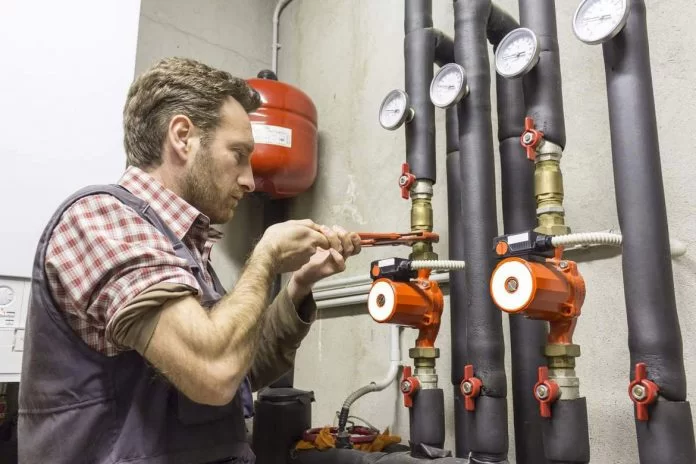What is a sump pump?
A sump pump is a device that pumps water out of your basement to the outside of your property. A sump is an artificially constructed pit, a hole carved under the basement floor’s surface level. The pit, also known as a basin, holds the pump.
The pump consists of valves that sense rising water levels or pressure. When the water pressure gets too high, a sump pump automatically pumps excessive water out of the basement and away from your property using an effluent – a designated drainage area.
A great addition to your home
A sump pump is a great addition to any house, but if you are buying a home that already has one, you should know the value of this device correctly. Although you may have heard about the negatives of a sump pump, it is an excellent tool depending on the type of house you are buying. We have mentioned things you must consider before purchasing a home with a sump pump.
The kind of sump pump
Before buying a house with a Sump Pump Service, you should consider what kind of pump is installed. Furthermore, you should know how much rainfall your town gets so that you can decide whether or not you need a house consisting of a sump pump.
Check for Possible Water Damage
Usually, the main reason a sump pump is installed in a house is due to water damage. Therefore, you should check for any damages that may have occurred. If so, you will need to get it repaired by a professional company because it cannot prevent extreme flooding. It is better to take proper precautions.
Check for Any Structural Damage
Extreme flooding can cause structural damage to your home. Though a sump pump can stop most of the water, various holes in the structure can cause leaks and seepages. That’s why if you have a sump pump installed in your house, check on these possible damages.
Check the functionality of the pump
Just because a sump pump is already installed in your home, it does not mean it is functioning properly. You may want to get it checked before you sign any agreement. For instance, some malfunctioned parts need to be replaced, or the pump could leak. Therefore, it is crucial to repair it first by a professional plumber, or it can cause severe damage to your home.

Sump Pump- a must-have tool for your house
A sump pump is a piece of must-have equipment if you live in a city or town where it rains frequently. Once the storms hit, you wish you had a sump pump installed in your basement, as no one wants to burn a hole in their pockets; it sure is a worthwhile investment. But what is better than that – buying a house with a sump pump installed instead of spending a few thousand dollars.
Invest in battery Backups
Depending on the area, severe rainstorms and lightning can knock out your power lines. To prevent any blackout, one should invest in a battery backup system. If your power goes out, these batteries can power the sump pump and prevent extreme flooding. Though they cost a few hundred dollars, they are well worth the investment.
Regularly Test your Sump Pump
One should keep the sump pump properly checked periodically, testing it to ensure all its parts and tools are still working. To test its functionality, you only need a five-gallon bucket full of water. Slowly pour the water into the pit until it activates and drains. By doing so, you can keep an eye on the pump to see if it’s working correctly. Furthermore, it should turn off automatically once the water falls below a certain level.
Sump Pump Lines can freeze.
When the temperature drops low in winter, like water pipelines, sump pump lines can also freeze. But it only happens if the lines are not buried at the right depth. Before signing the agreement, ask your property owner to ensure the lines are installed properly.
Regular maintenance of the sump pump
Just like any appliance in your home, you need to make sure the sump is working properly by maintaining it frequently. A submersible sump pump can last up to 15 years as long as they are maintained properly. On the other hand, a pedestal sump pump lasts even longer, up to 25 years. Regular maintenance of JP Pumps and Drainage includes cleaning the filter, checking the valve, and testing it.








